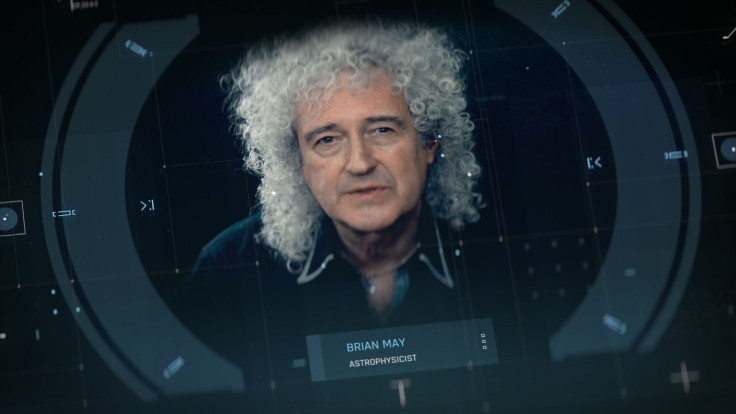Queen Guitarist Brian May Joins Study On Asteroid Origins
KEY POINTS
- Astrophysicist and Queen guitarist Brian May joined a study about asteroids
- The study focuses on the origins of Ryugu and Bennu
- May and his colleagues explained the evidence pointing to Bennu and Ryugu's origins
Astrophysicist Brian May, who is best known as the lead guitarist of the band Queen, has joined a study focused on studying the origins of asteroids. The authors began the study by investigating the subjects of two sample-return asteroid missions.
The study, which was published in the journal Nature Communications, focused on the asteroids Bennu and Ryugu. These asteroids were selected as the targets of NASA’s OSIRIS-REx mission and Japan’s Hayabusa2.
Having conducted his own asteroid research projects and after working with the teams behind Hayabusa2 and OSIRIS-REx, May certainly seems like a good fit for a study on Bennu and Ryugu.
In a previous report, it was revealed that the study aims to uncover the origins of these space rocks, which the researchers believe was a larger asteroid that was destroyed after a violent collision. The fragments from this asteroid then led to the formation of Ryugu and Bennu.
Although the researchers believe that the two asteroids came from the same parent, they exhibit different hydration conditions. According to May, this might have been caused by the varying heat levels that the asteroids were exposed to as they were forming.
“During a collision, it is thus possible to form an aggregate like Bennu, that experienced little impact heating, and another with more heated material, such as Ryugu,” May explained in a statement.
Aside from the hydration levels of the asteroids, the 72-year-old guitarist also noted that the shapes of the two asteroids also provide clues regarding their origins.
As explained by the researchers, when the parent asteroid broke apart, its fragments started to spin around shortly after they were exposed to sunlight. Known as the Yarkovsky–O'Keefe–Radzievskii–Paddack effect, this occurs when light from the Sun hits one side of the asteroid. The uneven heat on the surface of the space rock would eventually cause the asteroid to spin.
The researchers believe that the fragments continued to spin around as they formed into new asteroids. The spinning motion during their formation may have caused the spinning top shape of Bennu and Ryugu.
“The shapes of asteroids and their hydration level can serve as real tracers of their origin and history,” May stated.
“A leading hypothesis has been that a high rate of spin leads to centrifugal force changing their shape over time, as material flows from the poles to the equator,” the study’s co-author Patrick Michel added. “Such a spin can be built up over time by the gradual warming of sunlight – known as the Yarkovsky–O'Keefe–Radzievskii–Paddack (YORP) effect, named after four different asteroid researchers.”

© Copyright IBTimes 2024. All rights reserved.





















